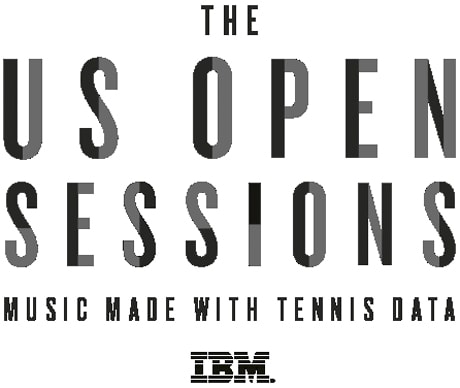James Murphy has been stretching his wings since disbanding LCD Soundsystem. He made a short film, wrote music for a Broadway show and made tones for New York's subway system, and now he's creating music using data from U.S. Open tennis matches.
This project was undertaken with the participation of IBM and, of course, the U.S. Open. It will result in 400 hours of new music, but as Murphy explains in a trailer for the project, "I'm not going to sit there and play 400 hours of music. I'm setting up a machine to do that. The primary music generator is the algorithm, it's not me. I'm not writing music — I'm generating probabilities for music."
Developer Patrick Gunderson notes that the algorithm creates music using raw data from the U.S. Open, meaning that you can listen to all of the games, sets and matches in musical form. This music was generated in real time along with each match.
While the program's initial prototype was in complex computer code, Gunderson turned it into a program resembling a physical instrument with dials and switches. This meant that Murphy was able to use it to plot the musical aspects of the project.
Watch the video explaining the project below.
Lots of matches are already available to listen to here. It's a neat idea resulting in some pleasantly bloopy electronic music, but it's not exactly "All Your Friends."
This project was undertaken with the participation of IBM and, of course, the U.S. Open. It will result in 400 hours of new music, but as Murphy explains in a trailer for the project, "I'm not going to sit there and play 400 hours of music. I'm setting up a machine to do that. The primary music generator is the algorithm, it's not me. I'm not writing music — I'm generating probabilities for music."
Developer Patrick Gunderson notes that the algorithm creates music using raw data from the U.S. Open, meaning that you can listen to all of the games, sets and matches in musical form. This music was generated in real time along with each match.
While the program's initial prototype was in complex computer code, Gunderson turned it into a program resembling a physical instrument with dials and switches. This meant that Murphy was able to use it to plot the musical aspects of the project.
Watch the video explaining the project below.
Lots of matches are already available to listen to here. It's a neat idea resulting in some pleasantly bloopy electronic music, but it's not exactly "All Your Friends."
